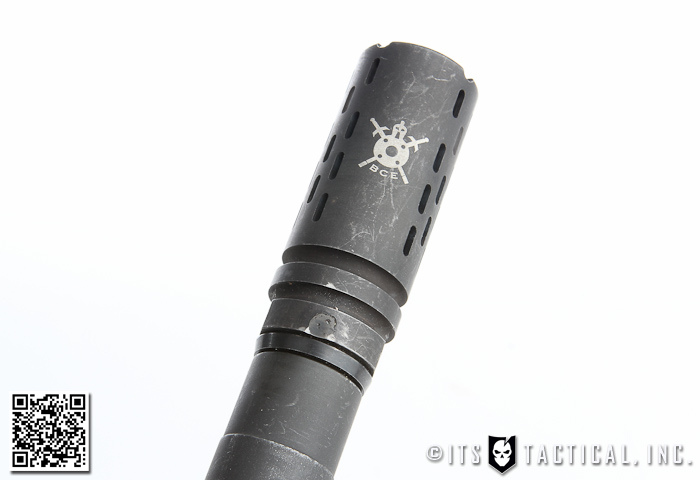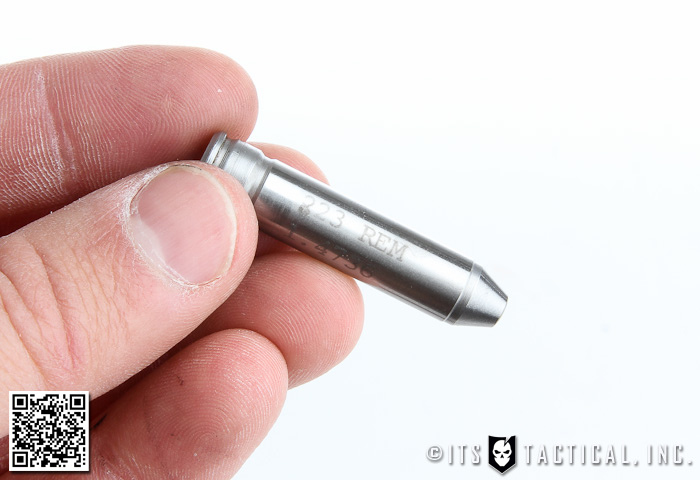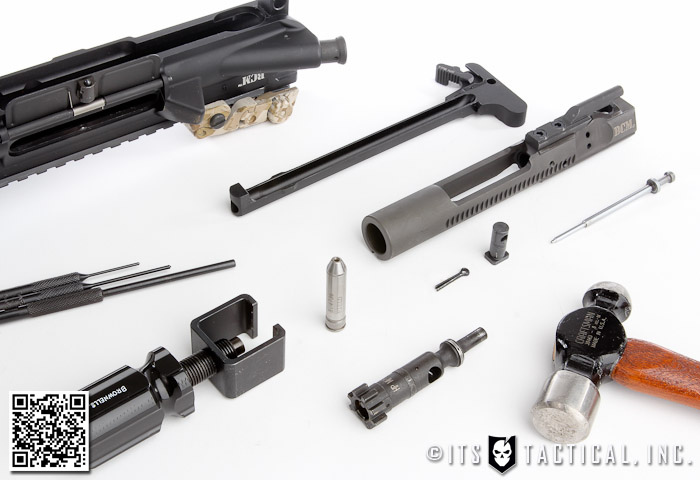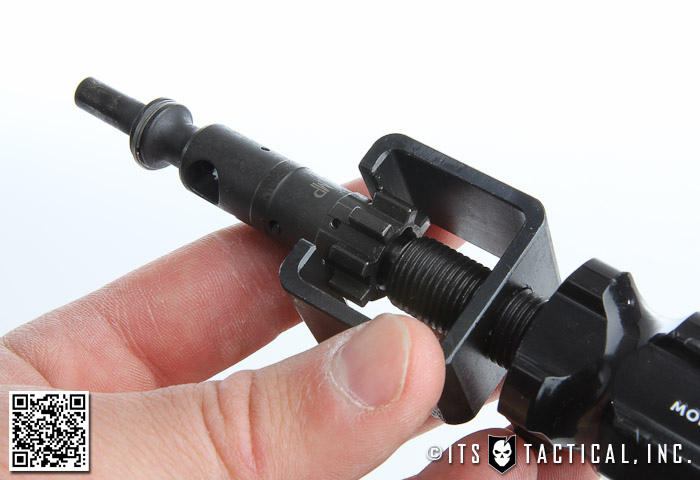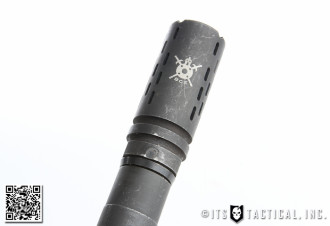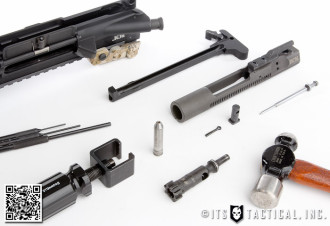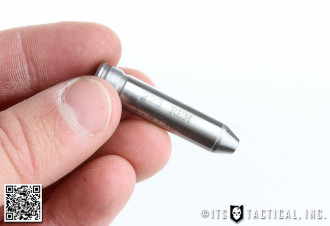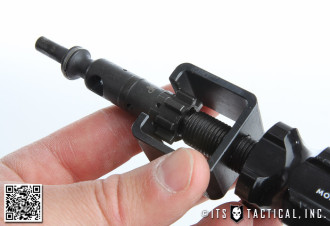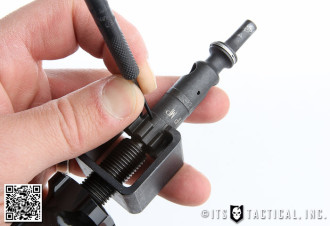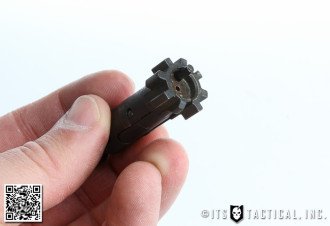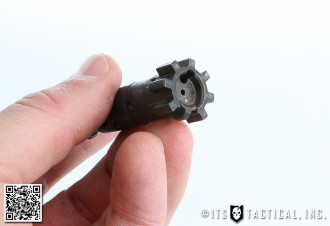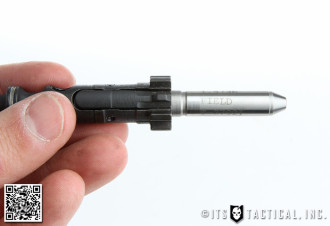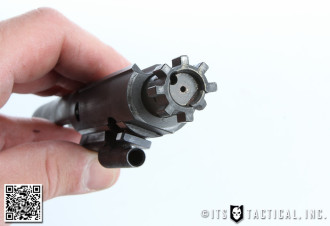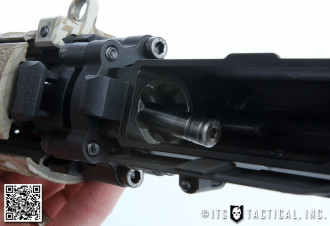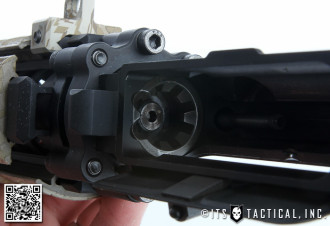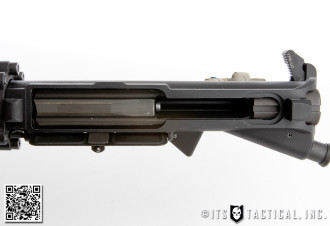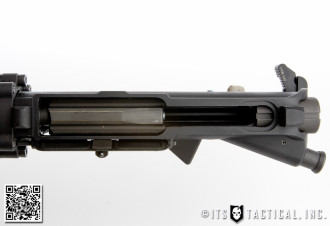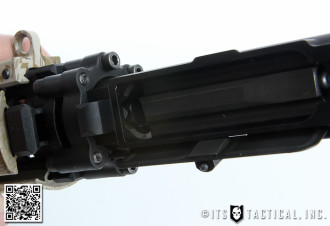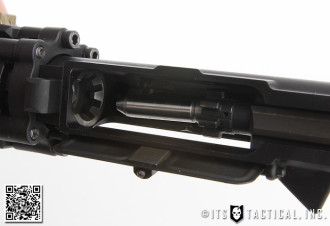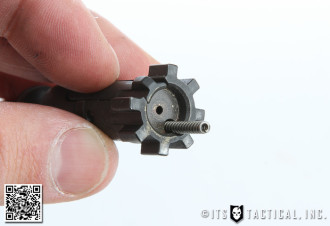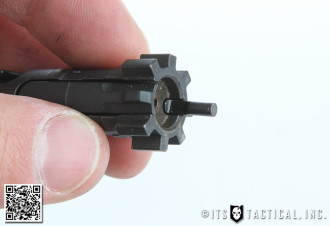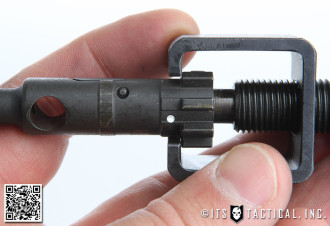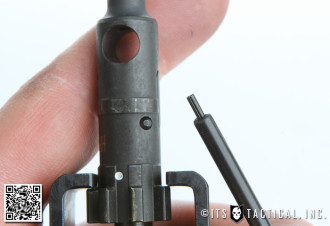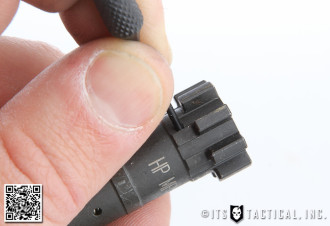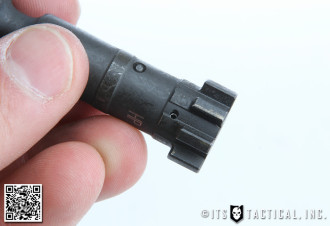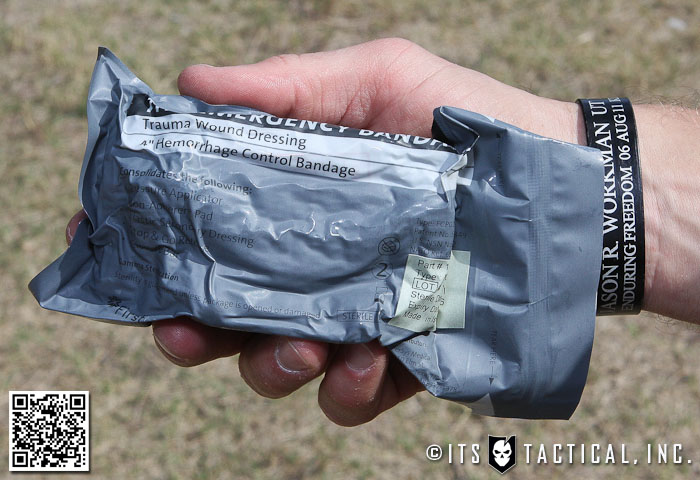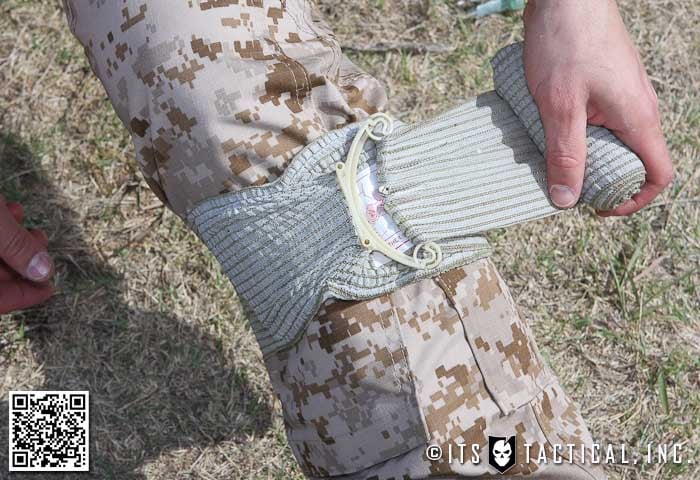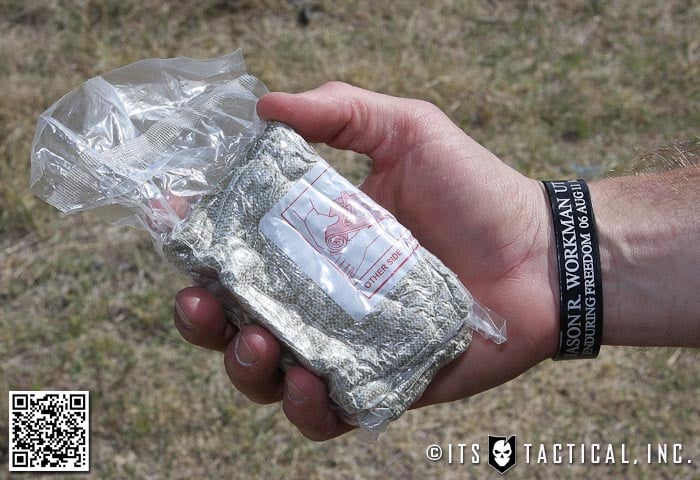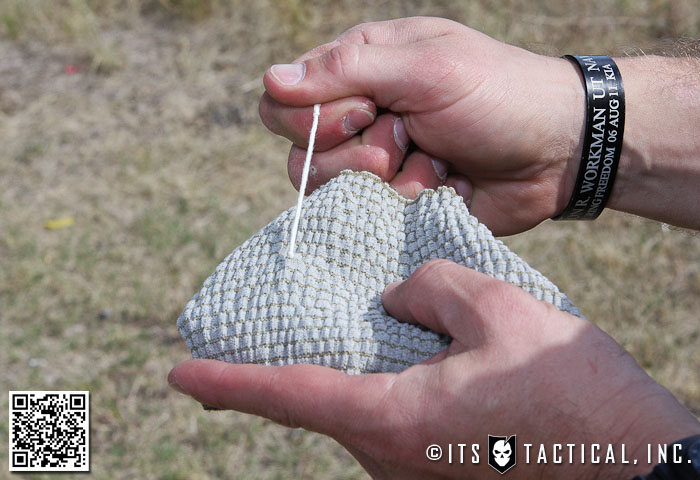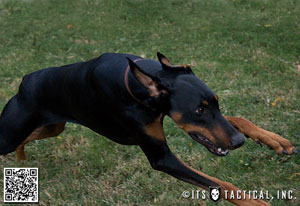
In our previous articles on Dogs of Defense we discussed the responsibility that each dog owner has to maintain control over their dogs, as well as how training a dog in protection work can actually make them safer if they are properly stabilized.
Next we discussed the benefits and considerations of owning a protection dog. Having options in self-defense is very important. We should not desire to take the life of another unless it is necessary for the preservation of our own, or in protection of another. Dogs give us significant options in our level of force while allowing us to defend ourselves very effectively.
In our last article we discussed different considerations to think through before purchasing a protection dog. Selecting an appropriate breed and trainer will make a significant difference in your enjoyment of the process, level of frustration with results and long term maintenance requirements.
Foundations
One of the primary benefits to introducing a young dog to bite work is that if you do have any issues during your training, they are much easier to take care of. Young dogs respond to correction much faster and the lesson is internalized much better than with old dogs. This is certainly not to say that you can’t train an adult dog in protection work, but we must clearly understand the benefits and problems with introducing a dog to protection work later rather than sooner.
The old adage that “You can’t teach an old dog new tricks” is not entirely true, but the principle is sound. My mentor at Baden K-9 calls this early training of the puppy, the foundation. Everything that you do with your dog will be made easier or harder based on the foundation you’re working from. Older dogs are not as easy to establish these fundamental foundations with.
This article will discuss some of the considerations when training a dog in stabilization, when and where this training should occur and a little of the why behind stabilization.
Stabilizing a Dog in Your Home
Arguably, the most important place to stabilize your dog is in your home. If you have children, or ever plan to have children, then you must ensure their safety in the home. Your children must be able to love on your dog and your dog must accept whatever love the children give. If you have a dog that is aggressive with or even suspicious of your children, you should get rid of that dog. There is no room in the life of parents with children for a dog that puts them at risk when its primary purpose is to protect them.
One thing worth mentioning here is that females will typically, but not always, be better in a family setting than males. There are many male dogs out there that are very loving toward children and a family in general, but they are fewer in number than the females. A competent trainer will take you through the process of working with the dog in protection and stabilization with a family.
The next decision you must make is whether you want your dog to be friendly or suspicious with everyone who comes into your home. Ensure that you discuss this with your trainer from the beginning so that the proper process is followed for your particular dog.
Non-Suspicious Dogs
If you are expecting your dog to protect your house from intrusion in your absence or to protect without command or guidance from other family members, then you do not want a non-suspicious dog. However, if you are going to be practicing hospitality in your home regularly and want your dog present during these events, then you want to train a non-suspicious dog.
Dogs trained and socialized in a non-suspicious way will allow most anyone to pet them at random. They will be comfortable with strangers approaching, even in the home, and they will generally be more relaxed about people they do not know.
But do not think that these dogs will not also protect. Quite some time ago, I found myself staying with a friend for a few months. I kept one of my dogs with me during this time. This friend assumed that because the dog was always in his home and never seemed aggressive to him, the dog would never bite. He proceeded to taunt this a bit. (I do not recommend doing what I am about to tell you, but rather understand that it is possible.) This arose concern in my mind as to what my dog would do if a “friend” suddenly turned hostile.
So while he was petting and loving on the dog and spouting these terribly offensive words (sarcasm intended there), I switched my dog from prong collar to flat collar and pulled the lead just tight enough that I knew he would be safe and then put my dog on watch. She glanced back very quickly to confirm that she had heard what she thought she heard — this was also the warning to my friend that something wasn’t quite right — and then she began to bark and attempt to bite this individual. I quickly commanded her to leave it and return to normal. She did so. However, he was not quite so bold with her after that.
A dog does not need to be suspicious to protect you and your family. But a non-suspicious dog may require more direction to protect than a suspicious dog. The flip side to that coin is that a suspicious dog will require commands not to attack.
Suspicious Dogs
So why would anyone want a suspicious dog? Let me clarify that suspicious does not equal aggressive. There is no room in anyone’s life for an aggressive dog. Dogs may never bite or bark out at people who are no threat to the family. It is also important to understand that suspicious dogs, while suspicious of any outsiders, must be completely calm and accepting of every member of the family.
If you have a well-stabilized dog, they will easily accept new additions (babies) as well. We have several protection dogs in our home, some trained to be more suspicious and other less, and we have six children, 3 of which were born after we had the dogs. Our dogs are well stabilized and have never been aggressive toward any of our children.
So let’s consider a few of the advantages of suspicious dogs. First, if you are going to leave your children with a dog (always to be done with great care and consideration), suspicious dogs are much more protective of children around strangers. For instance, we have allowed our children to play in the front yard from time to time and will leave a dog in place while we do other activities that may require moving in and out.
Even these brief moments inside with the children outside can open the door to someone attempting to kidnap a child. However, with a suspicious dog with the children, this will never be allowed. There have been several times when our dogs have ensured that people entering our yard meant no harm to the children by barking and placing themselves between the children and the person. However, upon a command from my wife that it was “ok” they returned to their place. But a suspicious dog will continue to be suspicious.
As a side note, I strongly encourage you to clearly distinguish between sporting dogs and working dogs. They are not the same thing. While some dogs used in sports (Schutzund, KNPV, etc) do make good working dogs, the temperaments that are looked for and unrealism in these events leads to significant problems in real life protection. It is like taking a boxer and expecting him to be able to protect against any threat because he fights in the ring. While he may have a strong left hook, he fights according to a set of rule in the ring that do not apply in real life threat situations. These limitations must be considered.
With that in mind, another consideration for having a suspicious dog is for single women. Unfortunately, I know of a woman who had purchased two supposedly trained German Shepherd’s dogs for protection, and then had someone break into her home and sexually assault her while her dogs hid in the closet and wet themselves. I will not get into the details of where these dogs came from, but they were sporting dogs that had never been trained to handle real world stress.
Training on a groomed field is not real world training. I know of no one personally who has been assaulted on a groomed field. Suspicious dogs with a single woman will generally be very protective and require constant communication when others are around. Depending on your situation, this may be something that you would want.
After training several dogs in both manners for our home, I will say that if you have multiple dogs, then a mix may be well suited to what you want. But if you are not a highly disciplined person, then you may want to avoid making your dog overly suspicious.
Carefully consider your own personality, your life style, position in life and hoped for future position (spouse and children) and how disciplined you are and are willing to remain when making this choice. You can make progress to correct either method if you wish, but it is best to choose wisely from the beginning. Remember foundations.
Stabilizing a Dog in Public
Of lesser concern is stabilizing your dog in public. I am not saying that you shouldn’t concern yourself with this, but simply that it is not as important as stabilization with your family. However, it is also worth noting that if your dog is stabilized with your family, then you will have very little trouble stabilizing them in public.
Your biggest concerns in public, quite frankly, are stupid people. I hate to put it this way, but you would be amazed at how many people will walk right up to an unknown dog and start petting it. They know nothing of its level of aggression, history, or even what it is doing there.
Dealing with Stupid People
Your best defense against stupid people is to respond directly, but politely. “I am sorry, but this dog is working and you are not permitted to pet the dog.” Believe it or not, I have received every imaginable response to this statement; from a polite apology, to the offended response to one step below aggression. I am happy to report that my dogs have always remained calm and under control.
Much of your dogs reaction to others is going to be dependent upon your reactions. If you allow yourself to take an aggressive posture, then expect that your dog will do the same thing. You must remember to communicate with your dog when you are under stress. This is where most fail with their dogs. In the absence of reassurance from their handlers, and the observation (communication from the handler) of an aggressive stance, the dog will respond in a similar fashion. Many are then taken aback that their dog reacted in such a way. It doesn’t matter what you think you are doing, it only matters what you are doing.
A competent trainer will prepare you for maintaining control of your dog in public places and so long as you communicate with your dog, you should have no issues.
One other thing worth mentioning is that children may approach your dog. Often, even if the parents are aware and attempt to stop them, children will come running to the “puppy.” Your dog must never act aggressive toward a child. Communication to the dog that “it’s ok, I see it, leave it” is critical in these situations. Some dogs are completely comfortable with children, even when they are being “aggressively attacked” by them. Others require a little more communication and control. Never forget that you are responsible for your dog.
Stabilizing a Dog Around Other Animals
The primary concern here is stabilizing your dogs around other dogs. The key to remember is that most people have no control of their dogs whatsoever. This complicates the issue, but the principle stays the same. You must control your dog. Socializing your dog around other dogs in a training environment is helpful, but when another dog is jumping on your dog and biting at them (usually in a playful, but annoying way) you must determine if you will allow enough aggression from your dog to get the other dog to leave them alone or if you will allow the dog to continue harassing your dog until you can get out of the situation.
If the owner of the other dog is present, I will usually ask politely if they can get control of their dog. If they refuse, I will demand it, not so politely. I have never had anyone continue to refuse, but if you do, then you must determine the most appropriate course of action based on the situation.
Pepper spray is often the best response to a dog that may be aggressive to the point of concern. While dogs, like people, can resist the effects of pepper spray, most will not, even if they have been sprayed before. For this purpose, I recommend the direct stream of spray so that you do not blanket your dog in the process of defending yourselves from another dog. This is especially useful when you are dealing with dogs that have no owner present.
Finally, if you live on a farm, or anywhere that many different animals are present, or if you hope to do so, it is important to get your dog around these animals when they are puppies. Simply being familiar with them is one of the most important parts of socializing your dog to other animals. As a general rule, most farm animals will respond quite well to dogs. I will warn that you should not allow your dog to attack and kill any of the smaller animals though (rabbits and chickens primarily) or they may likely develop a “taste” for it and desire to do it again. When training puppies, it is important to keep a close eye on them at all times.
More Advanced Bite Work
I will discuss this in more detail in the next article, but properly advancing the bite work training will condition your dog to know when it is appropriate to bite and when it is not. The primary consideration in all bite training is that it is never appropriate to bite when the dog is commanded not to.
It is also very important to ensure that you can call a dog off of an attack after he has been deployed, both before and after he has actually made contact with the individual he was sent after. Many people will turn and run when they realize that you were serious about sending your dog. If they do so, no matter how much you may want to allow the dog to bite, you should usually call the dog off. To allow an errant bite is usually a death sentence for the dog. Even if you are found innocent of wrongdoing, courts will often order that the dogs be put down after a bite.
Scenario Training
Beside the scenarios that you will conduct during advanced training, it is also important that you develop and train in scenarios that are most familiar to the dog. When you can train on your own property and in your own home, it will increase the dog’s awareness and help to establish appropriate and inappropriate situations. Just as scenario training is very useful to the defense minded individual, law enforcement officer and soldier, it is also very important for your dog if you want maximum performance when it counts.
Humans often will conduct mental rehearsals of situations, but dogs do not do this on their own. So you have to actually run through these situations as best as you can in order to expose the dog to what you might encounter and what you expect of it.
Conclusion
I hope you have a better understanding of how to continue to develop your protection dog after you have him. Maintaining control and stabilization is extremely important with a protection dog. Just as you must remain vigilant with your security of weapons, you must also maintain your vigilance with the dog. It will become a natural part of your lifestyle eventually, but you must train yourself to it, just as you train your dog.
Next time we will discuss how to integrate your dog into your home defensive plan.
Joel is the founder and head trainer of Dunetos K-9, a training facility and equipment manufacturer specializing in Tactical and standard K-9 equipment. He’s been training and handling dogs for over 10 years and works closely with Baden K-9, a highly respected training facility in Ontario, Canada. Joel has served in the United States Army for 11 years as a Military Police Officer deploying to the Pentagon days after the 9/11 attack, Afghanistan (2003), Iraq (2007) and is currently serving in Bogota, Colombia (2011) in the War on Drugs. Joel has specialized in integrating dogs into every aspect of life, from personal obedience and protection to specialized military application.






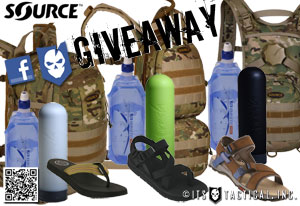 This is definitely a giveaway you’re not going to want to miss out on! The contest ends Monday, October 24th, so don’t let these awesome prizes slip through your fingers!
This is definitely a giveaway you’re not going to want to miss out on! The contest ends Monday, October 24th, so don’t let these awesome prizes slip through your fingers!